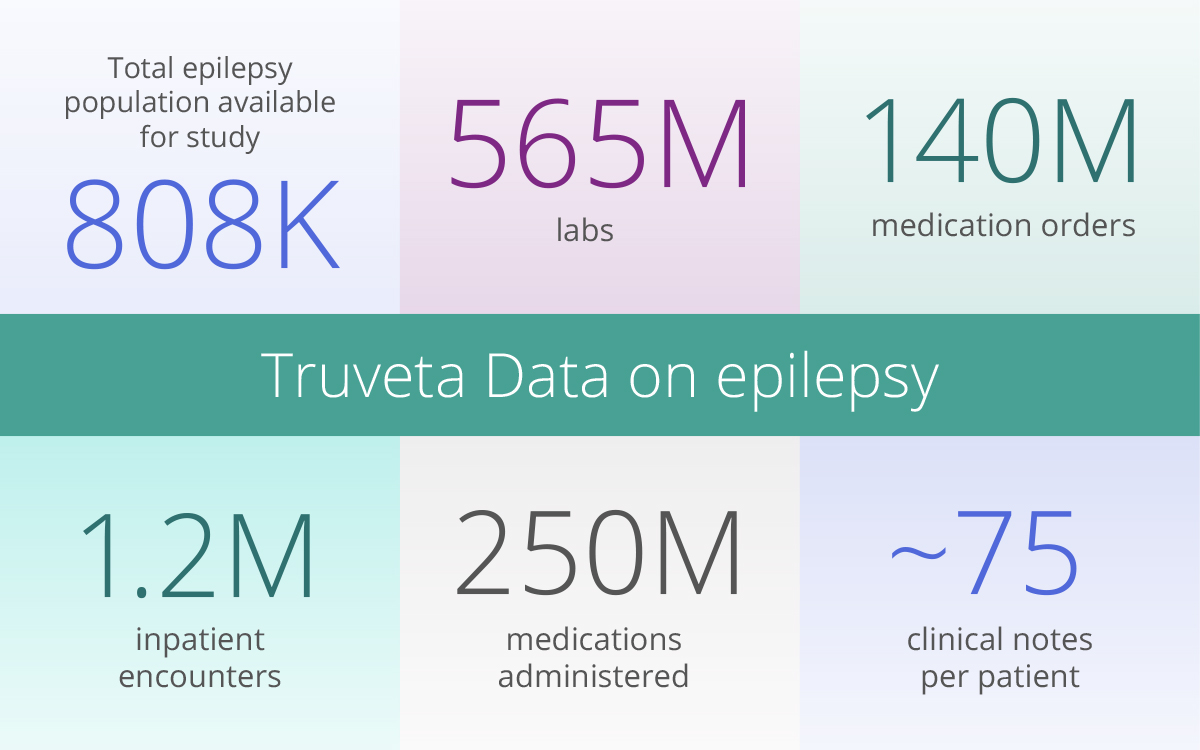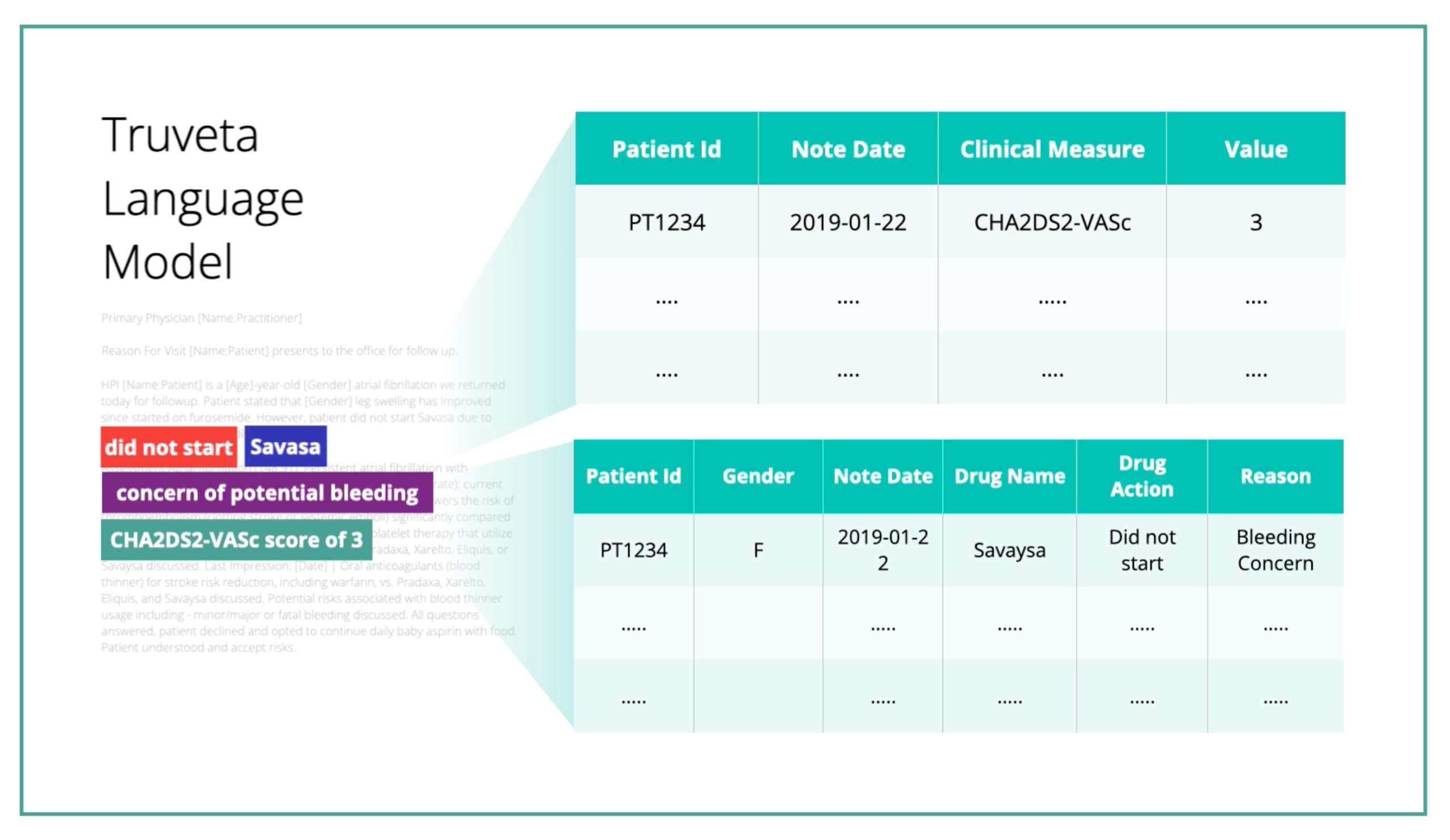Epilepsy is a complex neurological disorder, characterized by recurrent, unpredictable seizures. The fourth most common neurological disorder in the world, an estimated 3.4 million (3M adults and 470,000 children) have active epilepsy in the US. These seizures manifest in various forms, ranging from generalized tonic-clonic seizures with loss of consciousness and convulsions, to focal onset seizures in which a person is conscious and aware of the episode. Understanding a patient’s specific presentation of the disorder is critical in driving both diagnosis and treatment.
For patients and their families, diagnosis and creation of treatment plans is often long and arduous, as many medications – and medication combinations – are often tried before epilepsy is controlled. For those suffering, the most extreme complication is death, with sudden unexpected death in epilepsy (SUDEP) occurring in 1 out of every 1,000 people each year. This means that each year in the United States, there are about 3,000 deaths due to SUDEP. For others, their lives can be impacted with challenges at home, at work or school, and social life.
Epilepsy treatments
Treatment options for epilepsy encompass a range of pharmaceutical and non-pharmaceutical interventions. Antiepileptic drugs (AEDs) remain the primary medical treatment and effectively control seizures for roughly 70% of patients. Other treatments such as medical devices, special diets, or surgery offer alternatives for patients unable to control seizures via medication.
Below we explore details of Truveta Data available for researchers to study epilepsy and improve patient care, with a special focus on how Truveta’s expert-led AI model can unlock meaningful insights within clinical notes and help advance epilepsy research.

Representative and precise population
With 808K patient journeys available in Truveta Data, nearly one quarter of the active US epilepsy population is available for study. Beyond topline metrics, researchers will find transparent population datasheets with details on the representativeness, completeness, and validity of the epilepsy data. This includes a breakdown of age/race/ethnicity compared to US census data, a breakdown of longitudinal journeys of active patients, common comorbidities, and more. Truveta’s complete EHR data also includes labs, images, and clinician notes – linked with claims and social drivers of health (SDOH) data.
Partners currently studying seizure frequency with Truveta
For epilepsy researchers looking to understand the safety and effectiveness of AEDs, it is critical to learn from seizure frequency monitoring. Seizure frequency is not documented via structured data (such as vitals or lab results) and is typically only found within clinician notes. Yet claims data, which do not include notes, are the standard of data used in health research today. This means crucial information, such as whether the frequency of seizures decreased after starting a new medication, has not been readily available for research.
Today, our partners are taking advantage of Truveta Data, and the inclusion of clinician notes, to monitor epilepsy medications for safety and effectiveness.
Unlocking the depth of epilepsy information with clinician notes
In order to effectively study seizure frequency at scale, Truveta extracts, normalizes, and standardizes these data using the Truveta Language Model (TLM). TLM is a large-language, multi-modal AI model for transforming billions of datapoints found in EHR data into clean and accurate data for health research on patient outcomes across all diseases, drugs, and devices. It is the first large-language model specifically designed to empower researchers to study all patient care and outcomes.
TLM is trained upon data from a growing collective of more than 30 health systems that provide 18% of daily clinical care, representing nearly 100M patient journeys. With TLM, Truveta’s community of healthcare and life science customers are currently studying concepts previously inaccessible in messy clinician notes. These notes are often extremely long and detailed, ranging from progress notes and discharge summaries to lab reports and transcribed telephone encounters. Now structured for analytics, epilepsy researchers can study seizure frequency, as well as other unstructured inputs such as changes in treatment regimen, and adverse reactions to medication. Truveta Data currently include more than 2.5 billion notes and growing every day.
Future of epilepsy research and care
Epilepsy research and treatments are undergoing a transformative phase. Advances in neuroimaging techniques are revealing the intricate neural circuits involved in seizure generation and propagation. This improved understanding paves the way for more targeted interventions to decrease the severity and/or frequency of seizures, particularly for the 30% of epilepsy patients considered drug-resistant. The concept of personalized or precision medicine in epilepsy management is gaining momentum, tailoring treatment approaches to individual genetic and neurological profiles. What all these novel approaches have in common is the need for complete, timely, and clean epilepsy data, which Truveta Data is uniquely positioned to provide.


